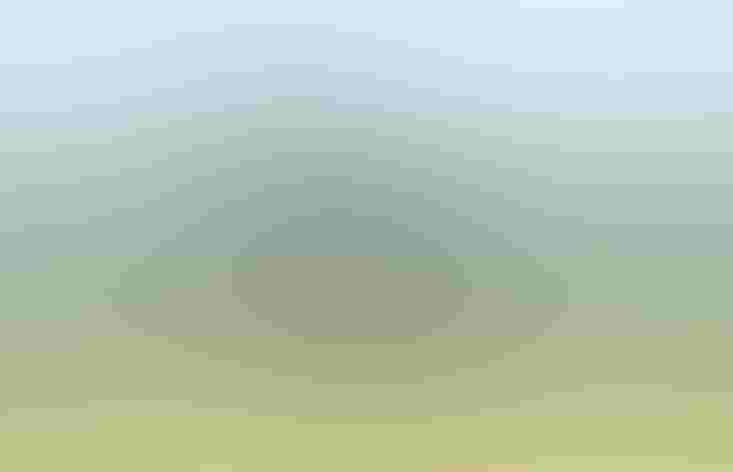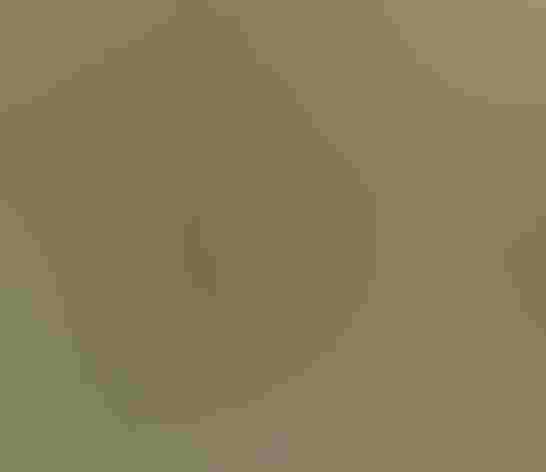Red-winged Blackbird
At a Glance
Among our most familiar birds, Red-wings seem to sing their nasal songs in every marsh and wet field from coast to coast. They are notably bold, and several will often attack a larger bird, such as a hawk or crow, that flies over their nesting area. The red shoulder patches of the male, hidden under body feathers much of the time, are brilliantly displayed when he is singing. Outside the nesting season, Red-wings sometimes roost in huge concentrations.
All bird guide text and rangemaps adapted from Lives of North American Birds by Kenn Kaufman© 1996, used by permission of Houghton Mifflin Harcourt Publishing Company. All rights reserved.
Category
Blackbirds and Orioles, Perching Birds
IUCN Status
Least Concern
Habitat
Coasts and Shorelines, Fields, Meadows, and Grasslands, Forests and Woodlands, Freshwater Wetlands, Lakes, Ponds, and Rivers, Saltwater Wetlands, Shrublands, Savannas, and Thickets, Urban and Suburban Habitats
Region
Alaska and The North, California, Eastern Canada, Florida, Great Lakes, Mid Atlantic, New England, Northwest, Plains, Rocky Mountains, Southeast, Southwest, Texas, Western Canada
Behavior
Direct Flight, Undulating
Population
180.000.000
Range & Identification
Migration & Range Maps
Present throughout the year in many areas. In the north, migrants appear quite early in spring, with males arriving before females. Migrates in flocks.
Description
7-9 1/2" (18-24 cm). Male's shoulder patches can be obvious (especially in song display) or mostly hidden by body feathers. Patches usually bordered yellow, but in central California ("Bicolored Red-wing"), these can be all red. Females and young very different, streaky brown with buff eyebrow. Resemble sparrows but have different behavior, spikier bill, darker lower belly. See Bobolink.
Size
About the size of a Robin
Color
Black, Brown, Orange, Red, Yellow
Wing Shape
Broad, Rounded
Tail Shape
Rounded, Square-tipped
Songs and Calls
A rich, musical o-ka-leeee!
Call Pattern
Rising
Call Type
Chatter, Chirp/Chip, Scream, Trill, Whistle
Habitat
Breeds in marshes, brushy swamps, hayfields; forages also in cultivated land and along edges of water. Breeds most commonly in freshwater marsh, but also in wooded or brushy swamps, rank weedy fields, hayfields, upper edges of salt marsh. Often forages in other open habitats, such as fields and mudflats; outside the breeding season, flocks gather in farm fields, pastures, feedlots.
Sign up for Audubon's newsletter to learn more about birds like the Red-winged Blackbird
Behavior
Eggs
3-4, rarely 2-6. Pale blue-green, with markings of black, brown, purple concentrated at larger end. Incubation is by female only, 10-12 days.
Young
Both parents feed nestlings (but female does more). Young leave nest about 11-14 days after hatching.
Feeding Behavior
Forages mostly while walking on ground; also sometimes up in shrubs and trees. Outside the breeding season, usually forages in flocks, often associated with other blackbirds and starlings.
Diet
Mostly insects and seeds. Feeds on many insects, especially in summer, including beetles, caterpillars, grasshoppers, and others; also spiders, millipedes, snails. Majority of adult's annual diet (roughly three-fourths) is seeds, including those of grasses, weeds, and waste grain. Also eats some berries and small fruits.
Nesting
To defend his territory and attract a mate, male perches on high stalk with feathers fluffed out and tail partly spread, lifts leading edge of wing so that red shoulder patches are prominent, and sings. Also sings in slow, fluttering flight. One male often has more than one mate. Adults are very aggressive in nesting territory, attacking larger birds that approach, and loudly protesting human intruders. Nest: Placed in marsh growth such as cattails or bulrushes, in bushes or saplings close to water, or in dense grass in fields. Nest (built by female) is bulky open cup, lashed to standing vegetation, made of grass, reeds, leaves, rootlets, lined with fine grass.
Conservation
Conservation Status
Abundant and widespread.
Climate Threats Facing the Red-winged Blackbird
Choose a temperature scenario below to see which threats will affect this species as warming increases. The same climate change-driven threats that put birds at risk will affect other wildlife and people, too.






















